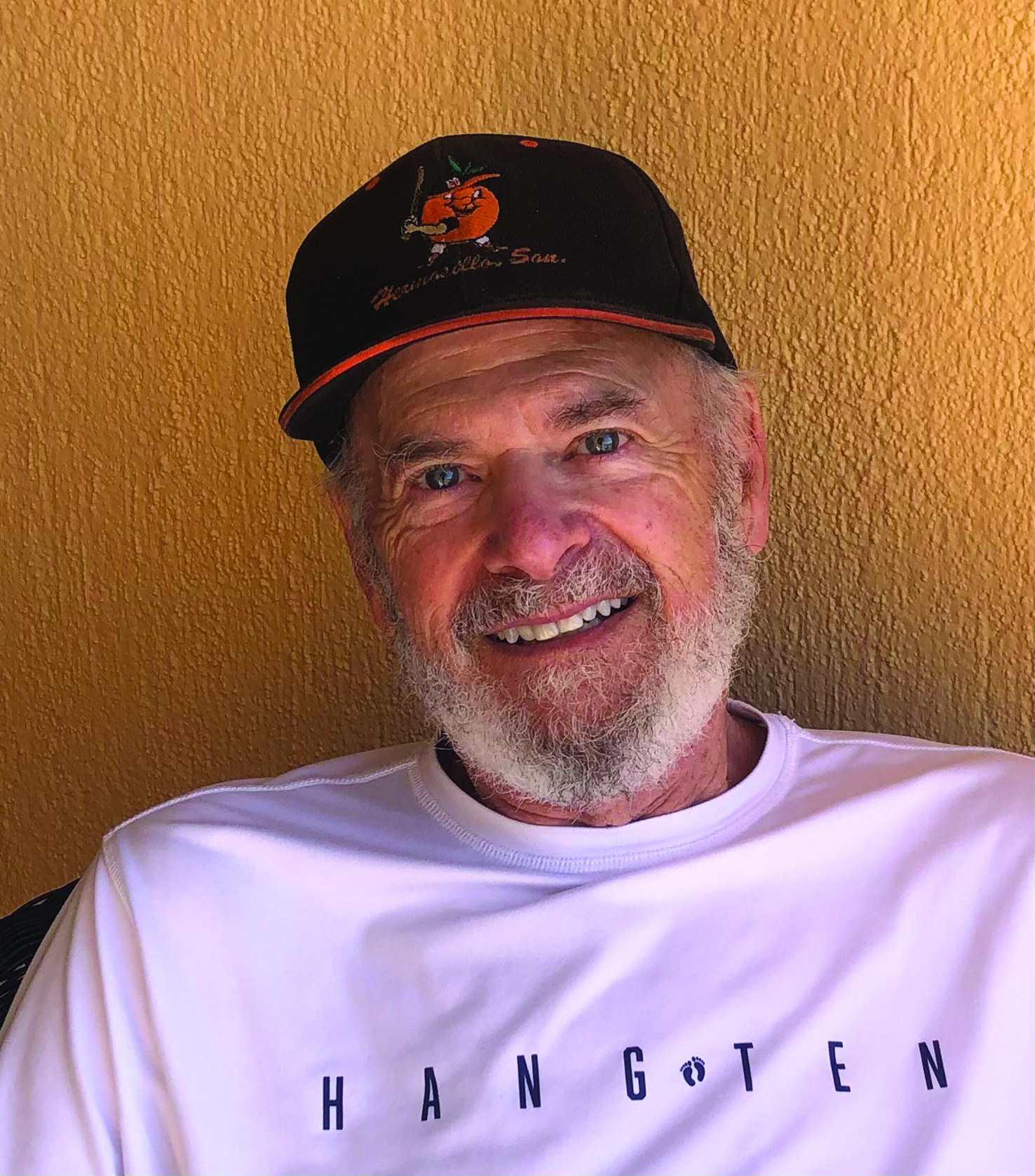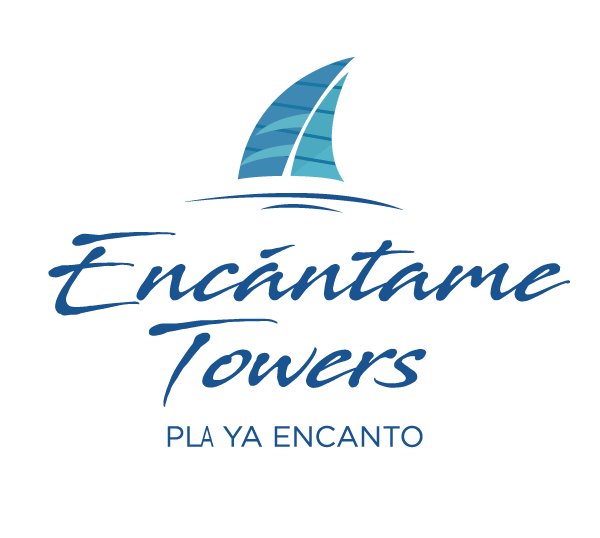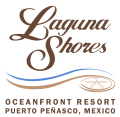I wrote the first part of this article as a draft in 1982 after my first visit to Puerto Peñasco, which was then just a sleepy fishing village with a few gringos owning beach homes on the outskirts of town. It was also the site of some rowdy spring break trips from nearby Arizona universities. I planned to submit the draft to National Geographic to see if they were interested in the story but got too busy to finish. I recently uncovered my manuscript and now 40 years later am bringing it up to date. I would like to share it with you.
PART ONE: The Original Manuscript from 1982
On a brief visit to San Felipe, Mexico in 1973, I had tried to save a two-dollar camping fee by trailblazing my own road across a sandy dune area to the coast. It was an impossible task for an old Chevy sedan. The wheels of the car simply sunk into the sand.
Eight years later I visited Mexico again with a friend, this time in the beautiful coastal village of Puerto Peñasco in the state of Sonora, at the northern tip of the Gulf of California. In town we inquired about camping sites and were directed on a two-mile journey outside of the village proper to Sandy Beach. The road varied from loose sand to hard-packed sand with numerous ruts and dips. As long as we maintained our speed, we could avoid getting stuck. At last we arrived at our destination, a beautiful expansive beach with no buildings in view and a small number of people camping widely dispersed across it. Within minutes we eye-balled a site by the water and had to decide whether to drive across the sand or carry our belongings about 40 yards from the road. My previous experience on sand flashed through my mind. We noticed, however, that other campers had driven their vehicles off the road. It must be OK, I thought. Anyway, this time I had a Ford Courier pick-up, not a clunky heavy car.
Little did we know that almost everyone else on the beach had four-wheel drives and the ones without it were as stuck as we would become. It was a bad start. Fortunately, though, things took a turn for the better when a “neighbor” approached with his Jeep and offered a tow. Handily he brought our vehicle back to the harder surface. Afterwards, when we profusely thanked him, he said he was glad to help and recounted that on his last vacation at Sandy Beach, he had towed 28 people. To us, that exploit seemed some sort of a tall tale. We had no idea what was in store.
It was early on the Friday before Memorial Day weekend. We were anticipating a quiet few days on the beach. We were still unaware that a few hours after we arrived, a great number of people would follow. In the next three days a small community of perhaps 800 other campers from the United States would surround us. For some of them the beach became a gigantic playground with motorcycles, Jeeps, dune buggies, and every other form of four-wheel drive. Our quiet retreat became the site of a weekend-long beach party, in the spirit of Ft. Lauderdale during spring break. The festivities were complete with an elaborate display of fireworks from every direction and an enormous over-abundance of alcoholic beverages.
For other folks, like our neighbor with a Jeep, it became a weekend of helping. Gradually the enormous flow of traffic reduced even the harder road surfaces to softer sand. All around us were people either pushing or towing automobiles. Like a few others in the “community,” our “savior” and his wife seemed to love the role of rescuing. They had established a campsite away from the water, but in a strategic location right by the main flow of traffic. From this location our guy would eclipse his previous record of 28 rescues. In fact, toward the end of the holiday his wife said to us: “He’ll need a vacation when we return. He works harder here than he does at home.”
That weekend, we were in the midst of it as U.S. citizens established a rowdy, beach partying culture of their own, right before our eyes. For three days the U.S. and Mexican cultures existed side-by-side, separate and barely touching, with some touristy interaction, but in many ways oblivious to one another.
Most people not from Arizona find it difficult to conceive that residents of Tucson or Phoenix could take a weekend trip to a saltwater beach without traveling more than 400 miles to the California coast. Actually, Puerto Peñasco is about 200 miles and a little over four hours away from both these Arizona cities. It is not a touristy site in the mold of Acapulco or Puerto Vallarta or Cancun. With a natural harbor on Cholla Bay, it is an important fishing center especially known for its shrimp. There are just a handful of hotels and motels in the city. Yet, on major U.S. holidays it is swarmed by visitors from the north, the people who compose this beach culture.
The physical separation of the Mexican residents and the visitors from the United States is quite pronounced. The original center of the city known as Camp de Arriba was built on a steep rocky point that juts out into the sea. (“Gringos” call the town Rocky Point.) Later, residents settled on the wide, open flat area below the old city. The port stands in between and adjoins the two areas. Off the edges by the coast, to the east and northwest of the village are small communities of beach homes, mostly owned by Americans who visit seasonally. To the northwest is the community known as Cholla Bay and the long, beautiful expanse of Sandy Beach (where we camped) separates it from the village. To the east is Las Conchas. In a sense then, Puerto Peñasco is surrounded by the sea on one flank, the desert on another, and U.S, visitors on the remaining two.
PART TWO: A Conference in Peñasco (1991)
Nine years after my first trip to Peñasco, I was married to Claudia (who was from Hermosillo) and we had a one-year-old son, Frank. I was a member of the Arizona-Mexico Commission as an appointee of Governor Bruce Babbitt. The Arizona-Mexico Commission and the Mexican counterpart, the Comisión Sonora-Arizona, had serious concern about an ugly situation of bad behavior by American tourists in Peñasco, especially during spring break and other major holidays. (I had witnessed this firsthand on my first trip to the village.) So, in 1991 the joint commissions developed a conference to cooperatively address this problem. I was one of the speakers and met many local people and state officials. Claudia, Frank, and I stayed with conference participants at the Viña del Mar which was one of just a few hotels in town. On the patio of the hotel, our son took his first few steps ever. During the conference I was offered a tour of the village that included a visit to the jail (with one cell) where I had been told, rowdy drunken U.S. visitors sometimes spent some time. I should mention, it was quite crowded and filled when I looked inside. At the conference, we agreed to start taking action to make some changes. One method was to spread a simple public service message at the University campuses before spring break: “Don’t check your brain at the border.” At one point, some Sonoran members of the Comisión pointed from our position on the malecón across the Bay to the beautiful expanse of Sandy Beach and said someday there will be condominiums out there like you see in Miami. Hmmm, I thought, right where my car got stuck.
PART THREE: Condos and Growth (2011-2023)
Time passed as my family grew. In 2011, my wife and I decided to finally return and spend a few days in Puerto Peñasco. We knew that the vision of condos all along the beach had been realized. It still was shocking to see the expanse of development along the waterfront. A close friend in Tucson highly recommended we contact “Rocky Point Dan” (Dan Monroe) who fortunately helped hook us up with a rental. Yes, a condo on Sandy Beach. What a transformation. Upon arrival, spread out in front of us all along the now paved road to the beach was a large collection of buildings. We stayed in the Sonoran Sea Resort with a beautiful view of the gorgeous beach and the blue Gulf of California. We were in awe of the beauty and the connection with nature as we watched the dolphins swim and pelicans fly. It was a delight. We also noticed how tourism had exploded in this once sleepy fishing village.
Out of curiosity we asked Dan about the cost of the condos. He offered to show us some and we couldn’t help ourselves. Dan noticed we liked the more Mexican looking Princesa buildings, just five stories high and with a beautiful garden. He showed us several. Claudia and I are quite frugal and thoughtful about spending; definitely not impulsive. However, we loved one of the condos we saw, and Dan won our trust. We bought it. Really a perfect condo with a great view of the water and an edge of the town, with really nice furniture, convenient to the pool but away from the noise. We thought it was the most ideal location at Princesa. Dan helped us with every detail and made it easy. He was helpful during the sale and has remained so to this day. Since our purchase, we have happily visited our home away from home. It was so perfectly appointed, we never once put it in the rental pool. We wanted to maintain its pristine appearance. We are so pleased to watch Mexican and US folks share the joys at Princessa and the beach that had been mostly the scene of rowdy school holidays. Not saying it doesn’t sometimes get rowdy, but visitors from the north seem to bring their brains with them to Mexico. The tourist industry is now huge. The fishing village where everyone seemed to know each other is now bustling and much more populated.
Our family and work life has not allowed us to visit nearly as often as we planned. Now our “little” son Frank who took his first steps in Peñasco is married and has become a research psychologist, moved to Albuquerque, where Claudia and I spend a lot of time. It’s possible our younger son Henry will move there, too. So, we can’t get down to Peñasco much. Reluctantly we are leaving our incredible oceanfront apartment for more family intimacy in order to spend more time in a second home in Albuquerque. As we prepare to give up the condo in Puerto Peñasco, we know we will occasionally be back to watch the continued evolution of this beautiful piece of paradise. It is quite a tourist and bustling recreational center now.
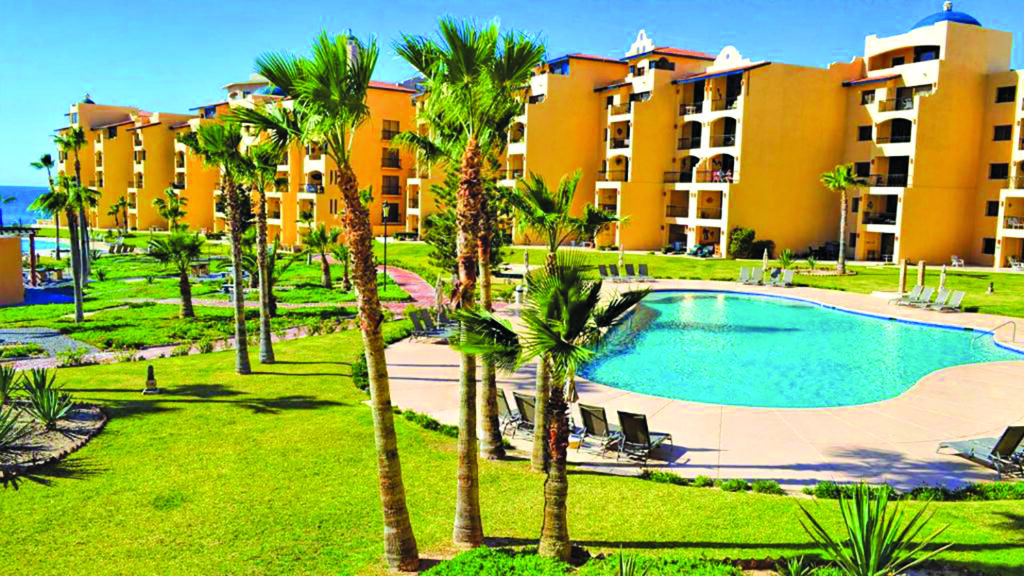
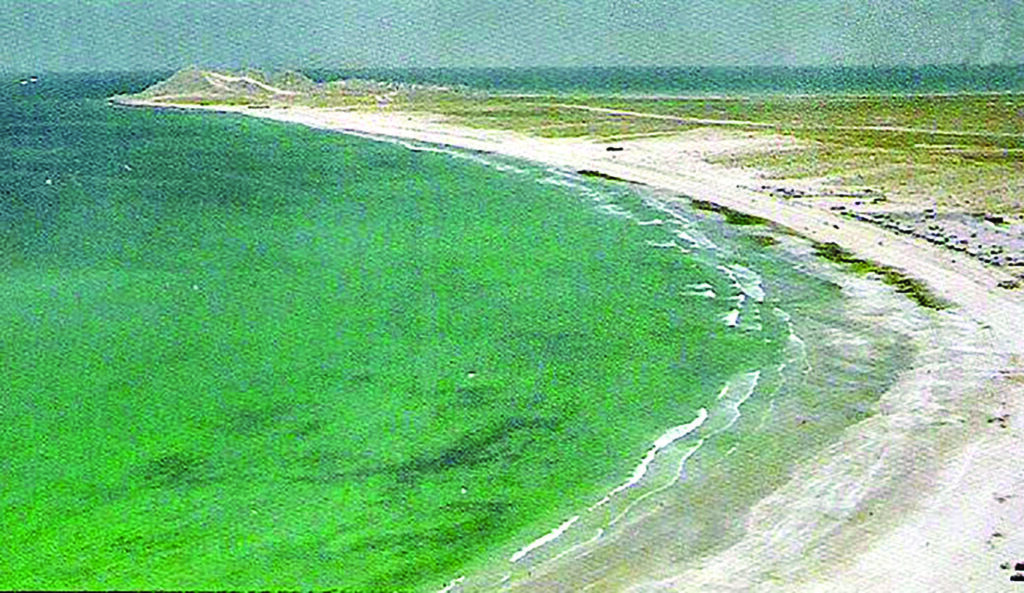
Dr. Robert Schwebel is a psychologist with long-standing connections to Rocky Point. He has written and co-authored several books including: Who’s on Top, Who’s on Bottom: How Couples Can Learn to Share Power; Saying NO is Not Enough and Keep Your Kids Tobacco Free; Leap of Power (available on Audible); Guide to a Happier Family; and Focus on Forever. His various books have been translated into six languages and he had a newspaper column for the AZ Daily Star in Tucson for nine years. He has also hosted a series of monthly TV specials called “God Loving” for the NBC affiliate in Tucson as well as appeared on The Oprah Show, The Today Show, The CBS Early Show, CNN interviews, and provided interviews for local media across the country. He has also been the subject of articles in national print media including Newsweek, USA Weekend, Parents Magazine, Redbook and U.S. News and World Report. Currently he develops materials for The Seven Challenges and is a regular contributor to thefix.com and the Psychology Today Blog. Visit his website at www.robertschwebel.com.

